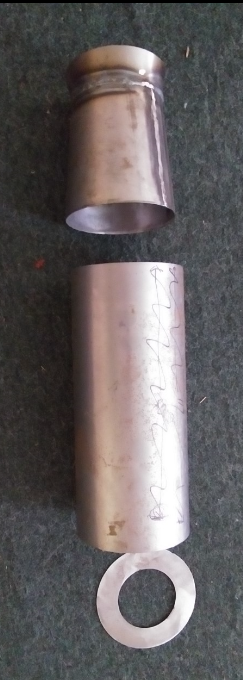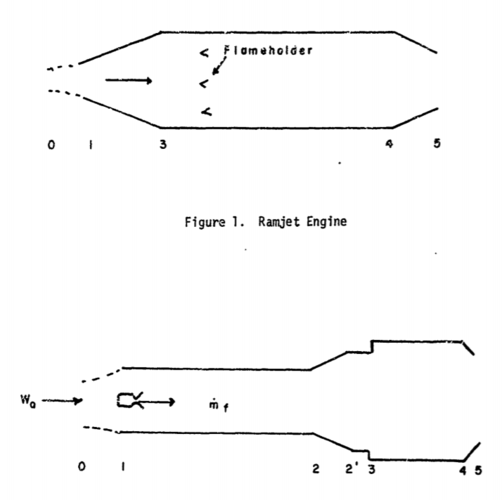KHambsch
ACCESS: Confidential
- Joined
- 11 May 2020
- Messages
- 157
- Reaction score
- 167
This is the first iteration prototype (iteration) of this concept. As seen in the video (see link below), there are two "hot fire" runs...one with and one without thrust augmenter. Additionally, there is a bypass shroud, (not seen in this video), which both cools the combustor, heats and ejects ambient air. This works in concert with the augmenter at the end of the tail pipe. , Kevin
View: https://youtu.be/m65aLgQrwXA
Last edited:



